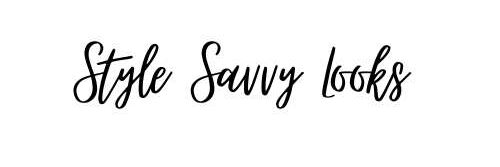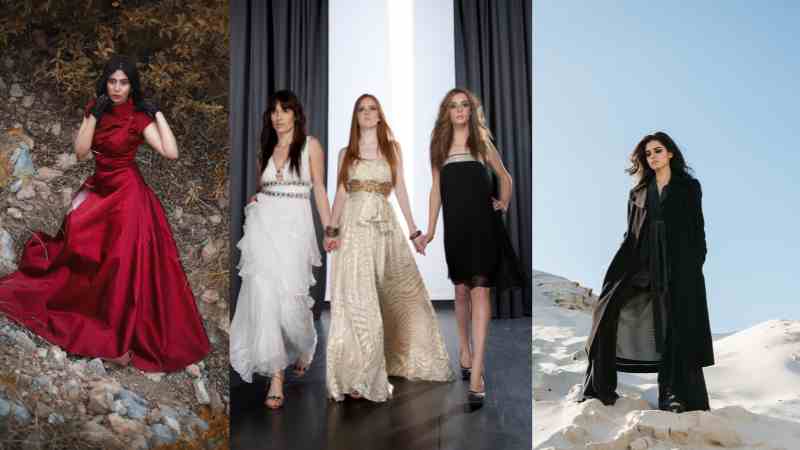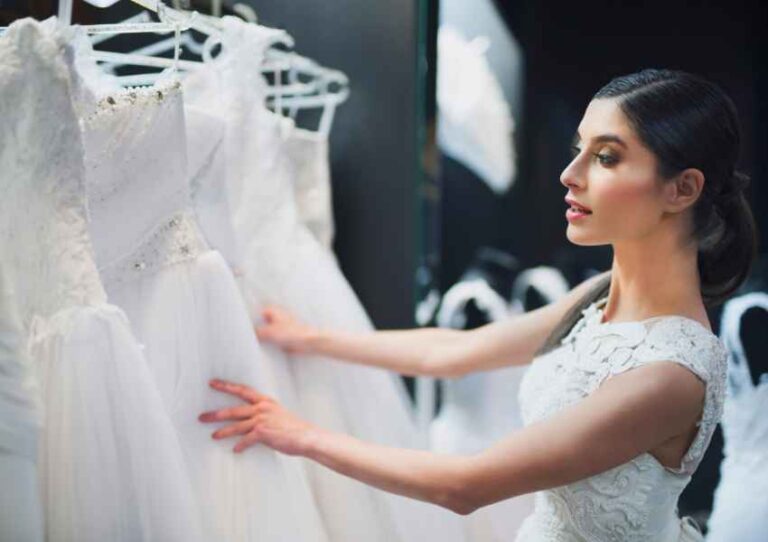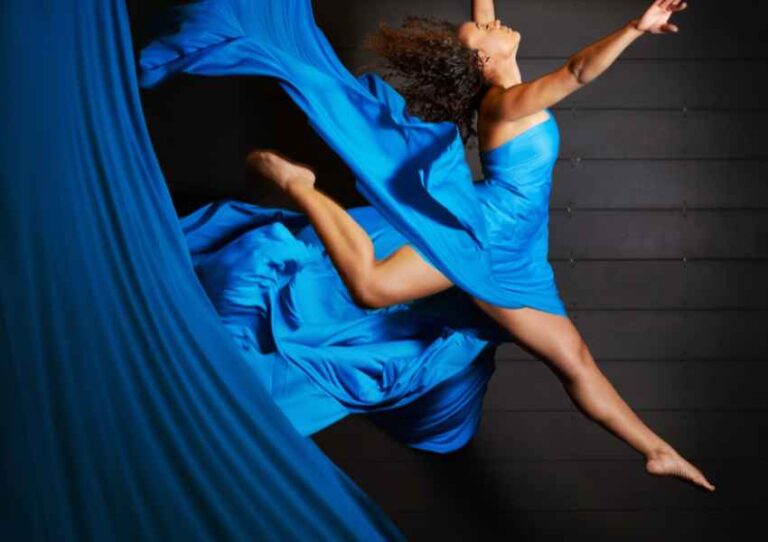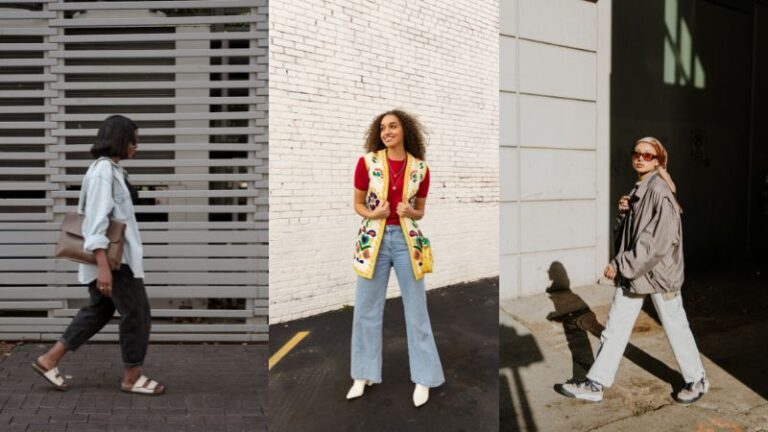Fashion encompasses the collective trends, styles, and modes of dress or adornment that prevail in society at a particular time. It’s not just about clothing but extends to accessories, behavior, lifestyle, and even choices in design and aesthetics. Fashion acts as a means of self-expression and communication, reflecting one’s personality, culture, and societal influences.
Identity expression through fashion is vital, allowing individuals to outwardly reflect their inner selves, beliefs, and affiliations. Fashion is a visual language that helps people express their personalities, cultural backgrounds, and values without words. It’s a tool to communicate and connect with others, shaping how individuals perceive themselves and how they are perceived by society.
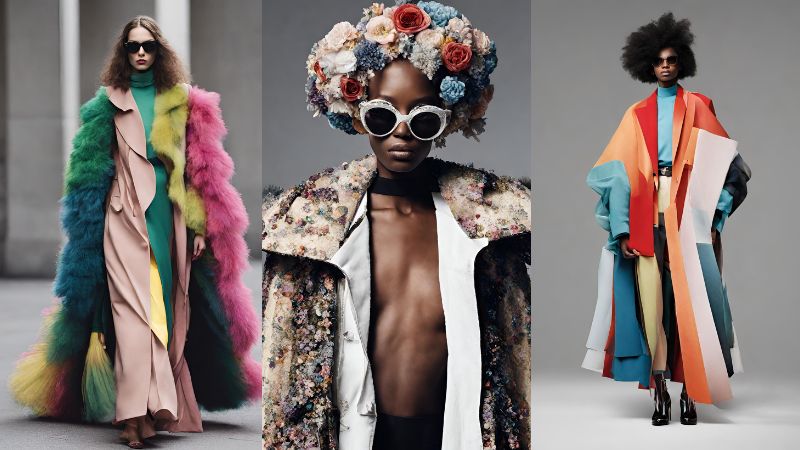
Historical Context of Fashion and Identity
Evolution of Fashion Trends:
Fashion trends have continuously evolved, influenced by historical events, technological advancements, and cultural shifts. From the ornate garments of ancient civilizations to the dynamic, rapidly changing styles of the modern era, fashion has consistently been in flux, reflecting the values and aspirations of each era.
Impact on Societal Norms:
Fashion has a profound impact on societal norms by both reflecting and challenging them. It often mirrors the prevailing social attitudes, traditions, and cultural practices. Simultaneously, it can push boundaries and redefine societal norms by challenging existing conventions, thus influencing societal change and progress. How people dress and present themselves often reflects the prevailing attitudes toward gender, class, and political ideologies.
Fashion, throughout history, has been an ever-evolving phenomenon intricately intertwined with personal identity and societal dynamics.
Fashion as a Tool for Self-Expression
Personal Style and Individuality:
Personal style is an intrinsic part of self-expression. It’s the unique way individuals choose to present themselves through fashion choices. Whether it’s a preference for vintage clothing, minimalist attire, bold colors, or eclectic combinations, personal style reflects individuality. It’s a means to convey personality, preferences, and values, allowing for a distinct outward representation of one’s inner self.
Cultural and Societal Influences:
Cultural and societal factors profoundly influence fashion. It’s not just about personal choices but also the broader context. Cultural influences shape fashion by infusing designs, patterns, and styles with elements specific to particular regions or ethnicities. Societal influences, on the other hand, can affect fashion through trends driven by media, celebrities, or even social movements. These influences often shape what is considered fashionable, dictating what is ‘in vogue’ at any given time.
More Post : The Significance of Fashion in Pop Culture
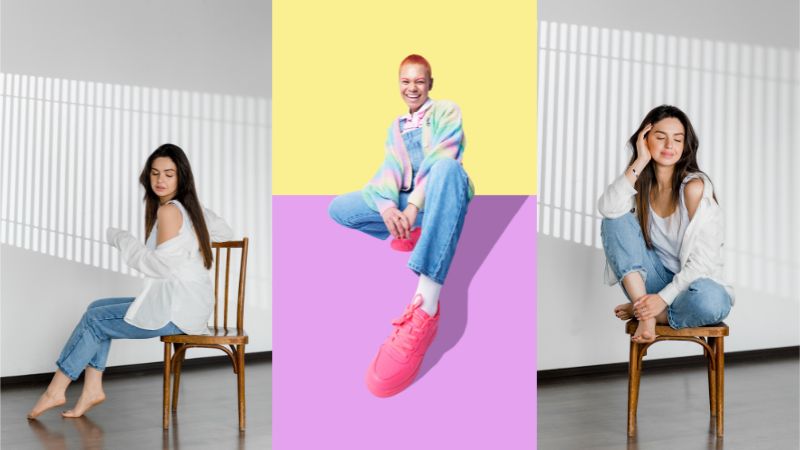
The Intersection of Fashion and Identity
Gender Identity and Fashion:
Fashion plays a significant role in expressing and challenging gender norms. It’s not just about clothing; it’s a means through which individuals can express their gender identity. It can reinforce traditional gender roles or subvert them by promoting gender-neutral or non-conforming styles. The fashion industry has shifted towards more gender-inclusive designs and marketing, allowing individuals to express their gender identity freely.
Subcultures and Fashion Statements:
Subcultures often use fashion as a statement of belonging and differentiation. Each subculture adopts unique fashion styles, from punk and goth to hip-hop and skater cultures, reflecting its values and ideologies. These fashion choices become identifiers and unifiers within these communities, often challenging mainstream fashion and societal norms.
Fashion is a canvas for self-expression, influenced by personal inclinations and broader cultural and societal contexts. It acts as a mirror of identity, reflecting individuality and collective identities within various communities and societies.
Challenges and Controversies in Fashion’s Role in Identity
Stereotyping and Cultural Appropriation:
Fashion’s role in identity expression can sometimes perpetuate stereotypes and lead to cultural appropriation. Stereotyping occurs when certain styles or clothing choices become associated with specific groups, leading to oversimplified or standardized perceptions. Cultural appropriation happens when elements of one culture are adopted or adapted by another culture without proper understanding, respect, or acknowledgment. It’s a contentious issue within fashion where certain cultural symbols or traditional clothing might be used as trends without acknowledging their significance or respecting their origins.
Body Image and Societal Standards:
The fashion industry often perpetuates societal standards of beauty and body image. Idealized body types promoted in the media and on runways can create unrealistic expectations, leading to body image issues and low self-esteem among individuals. The emphasis on particular body shapes or sizes can alienate those who do not fit these standards, impacting their self-perception and sense of belonging. This perpetuation of a limited range of body types in fashion can lead to the exclusion and marginalization of diverse body shapes and sizes.
